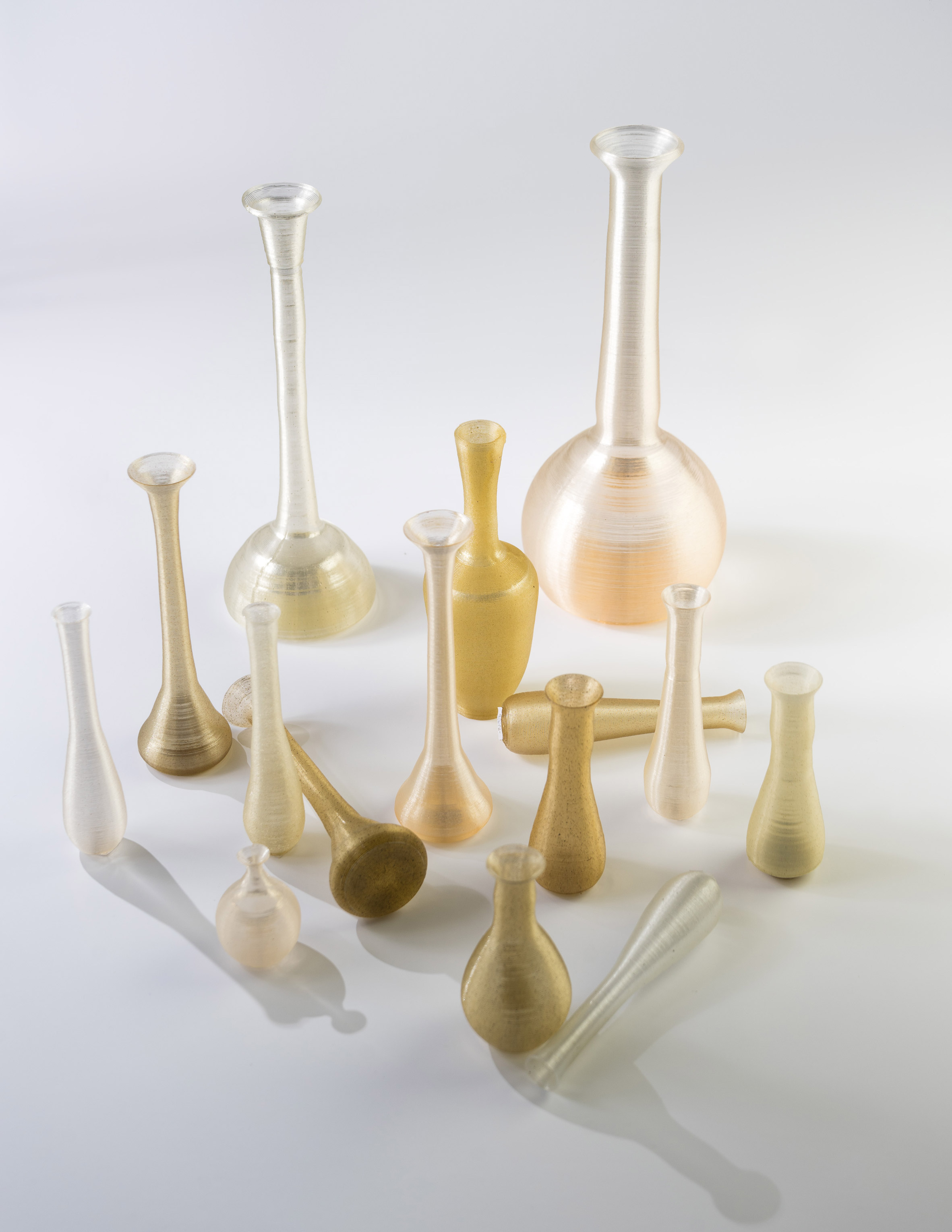
Having been presented with a range of materials and how they can be modified/processed for building and construction uses, it is interesting to think as to how vernacular techniques of using natural materials can be combined with contemporary material processes to harness the best use of various plant and earth materials. A good example of such innovation has been biological 3d printing with algae by Maartje Dros to produce baskets and vessels based on traditional forms. This highlights an innovative use of unorthodox plant materials along with modern industrial technology.
It is also useful to learn of the thermal conductivity and performance of various plant and earth materials and to corelate it with their practical use in real life situations- plant materials are used more as insulation due to their lower thermal conductivity. It is also useful to note that the porosity of a material corelates to its thermal conductivity.
Finally, I am also reminded of the contrast of vernacular/industrial fabrication methods. While vernacular groups are highly skilled in processes such as weaving etc, it would be complex to replicate such a process in a machinic industrial way. Similarly, the accuracy achieved by industrial processes such as 3d printing cannot be achieved as economically and efficiently if using manual labour processes.

Excellent, noted and reflected on your attendance record.